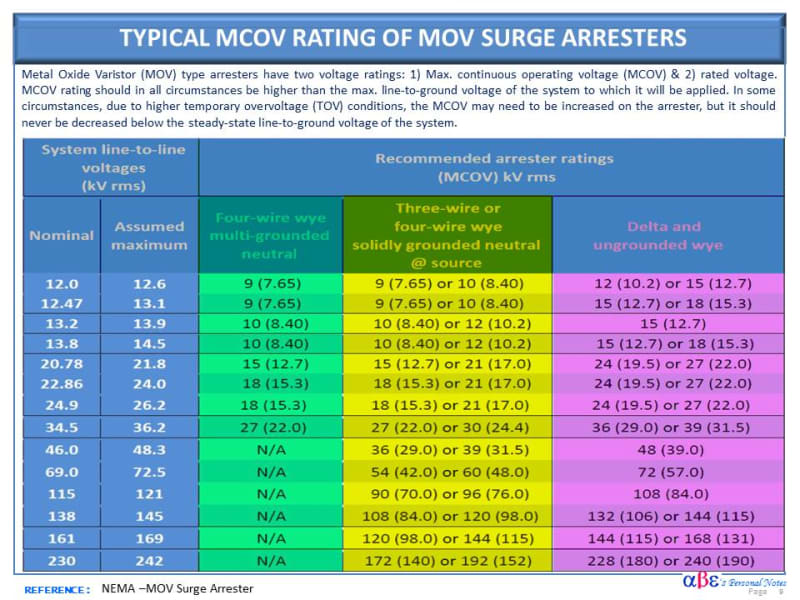Engineer1916
Electrical
Eng Tips Family,
Can you guys please help me with an easy reference to how to calculate the required MCOV rating surge arresters for different pieces of equipment. For example, how to determine the MCOV of required surge arrester for a transformer or for an underground feeder etc.
Thank you guys in advance.
Can you guys please help me with an easy reference to how to calculate the required MCOV rating surge arresters for different pieces of equipment. For example, how to determine the MCOV of required surge arrester for a transformer or for an underground feeder etc.
Thank you guys in advance.

